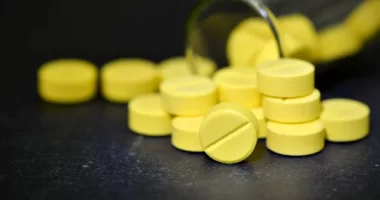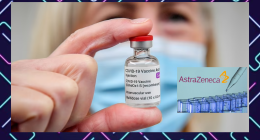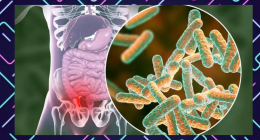A recent study by Rajiv Gandhi Cancer Institute and Research Centre Delhi says that psychological distress is driving cancer patients to alternative medicines.
In India, alternative therapies are a part of life. Since ancient times and even before the advent of modern medicine, people have opted for healing therapies like Ayurveda, Siddhi and homeopathy to treat their minor and serious ailments. But in modern times too, this practice is evident and, in fact, recently there has been a revived interest in these alternative therapies. But how feasible is this when you are suffering from a serious illness like cancer? And, what is it that compels people to try out alternative therapies? These questions are important because, most of the time, patients do not inform their doctor that they are taking such treatments, and more often than not the treating oncologist may also not enquire about CAM with their patients.
Research carried out at Rajiv Gandhi Cancer Institute and Research Centre Delhi (RGCIRC) has revealed wide usage of complementary and alternative medicine (CAM) amongst cancer patients in India. According to researchers, there is a direct correlation between psychological distress and the use of CAM therapies among cancer patients, not only in India but also elsewhere in the world. A national health survey from the USA in 2007 showed a considerable increase in the popularity of different CAM therapies, such as acupuncture and naturopathy, over the last few years irrespective of age and social status. Another similar health survey conducted in 2010 in the UK found that more than one-third of patients used some form of Complementary therapy while using prescribed drugs.
Ayurveda is the most preferred choice of cancer patients
For the purpose of the study, researchers interviewed 303 patients undergoing cancer treatment at RGCIRC. The patients were aged between 15 to 88 years. More than a third (104 participants) responded positively to taking CAM therapies. Out of these, 61 per cent had taken these therapies before approaching the hospital for conventional treatment. And, 39 per cent of these patients were still taking these therapies in a complementary manner. Researchers saw that Ayurveda was the most preferred form of therapy and 85 per cent patients from both groups choose it. The majority of the participants belonged to either middle or lower-middle-class families (56 per cent and 35 per cent) respectively.
Psychological distress evident in 79% cancer patients
Researchers also screened patients using a tool called Distress Thermometer (DT), which is developed by NCCN. This tool measures patients’ subjective reports on the level and severity of cancer related distress on a scale of 0 to 10. Here, ‘0’ means no distress and ’10’ means extreme distress. Researchers saw that a majority of patients, 79 per cent, suffered significant psychological distress.
Also read: Can Drinking Beer Protect Against Arthritis?
Relation between psychological distress and use of CAM therapies
Putting the results of the interview and the psychological screening together, researchers found a strong correlation between level of psychological distress and the use of CAM therapies. This means that with increasing levels of psychological distress, patients tend to choose CAM more often. Another thing that researchers saw was that awareness of cancer diagnosis and its prognosis was found to relieve psychological distress. But using CAM therapies before diagnosis may lead to poor prognosis. Dr Vineet Talwar, Director Medical Oncology RGCIRC says, “Taking recourse to CAM therapies before standard treatment may also explain the delay in diagnosis of cancer.”
Factors that influence patients to go for CAM therapies
A patient may decide to try alternative therapy for treating cancer due to a number of reasons. According to researchers, 44 percent patients go for it after seeing advertisements on radio, TV, the Internet, and newspapers, suggestions from family and relatives influence around 31 percent of patients, and 19 percent were influenced by suggestions by fellow patients. A majority of patients, 81 percent, felt that there were no side effects associated with CAM therapies and 40 percent were satisfied with such therapies.
Don’t miss: Arthritis – the easy exercise to protect against the joint pain condition
This post first appeared on The Health Site








